Cleveland Market Analysis: The East Side
Buses are much heavier and their rubber output much higher than personal vehicles. The city has an obligation to mitigate this impact by replacing the buses with trolley/trams.
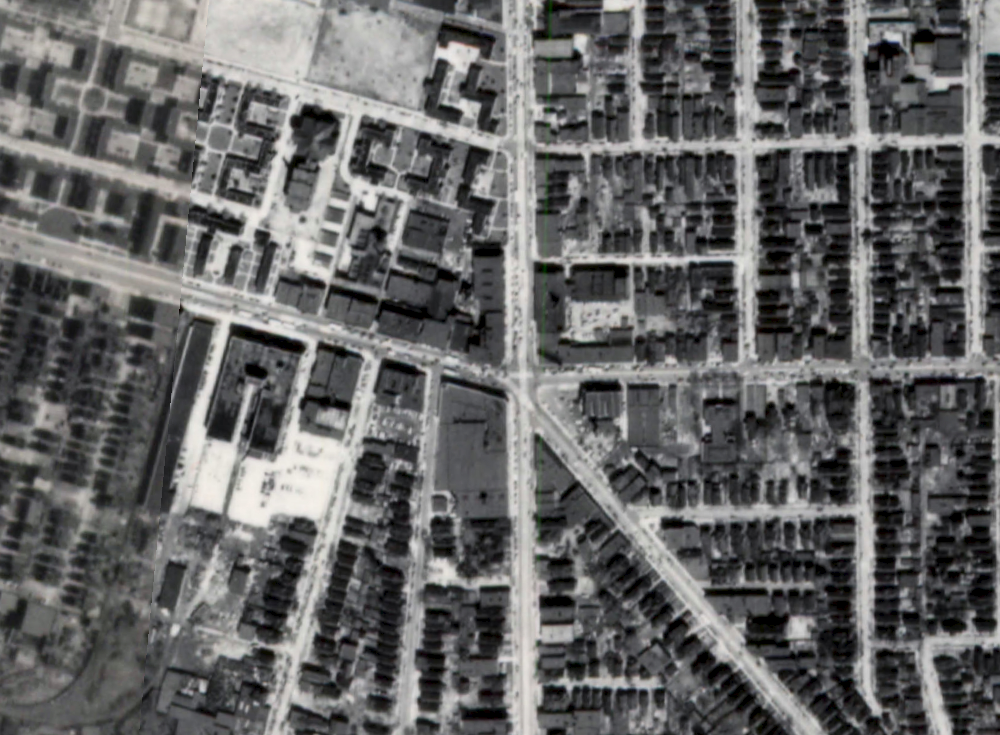
Our current environment is the direct consequence of the areas past. This is expressed primarily through the changes in infrastructure and community buildings. We will be discussing the industry that was set along former traction, the timeline for their exit, and what the environment was like to cause the population decline. Additional discussion will be around how we may organize to return Cleveland's population. Note: The interurbans were built before the density was high in the area; we are using tools to improve tax base just as the folks who built the rails originally thought.

White Motor Company was served by a streetcar and at their peak employed 4,000 people. This plant was closed sometime in the '80s after most of the company was sold off to other conglomerates. Since the surrounding area has seen a significant level of decline.
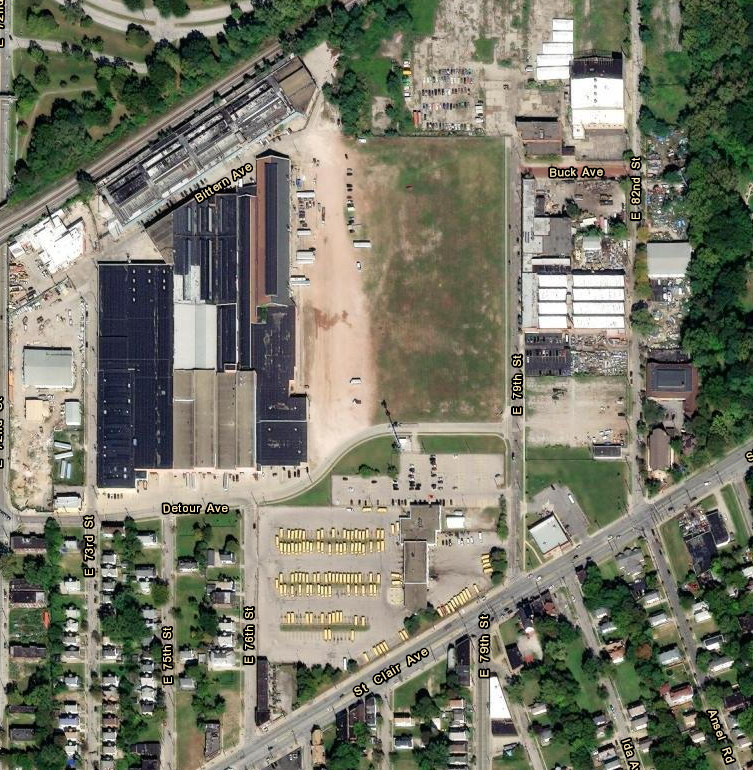
There is some industry back in the location but the city has abandoned helping workers get to their job. The city cannot claim to care about climate change without updating how its citizens travel. The bank has abandoned the area. Neighborhood plots have gone vacant from homes of former workers, gone to hard times.
We have discussed Warner-Swasey here before and want to highlight three things here:
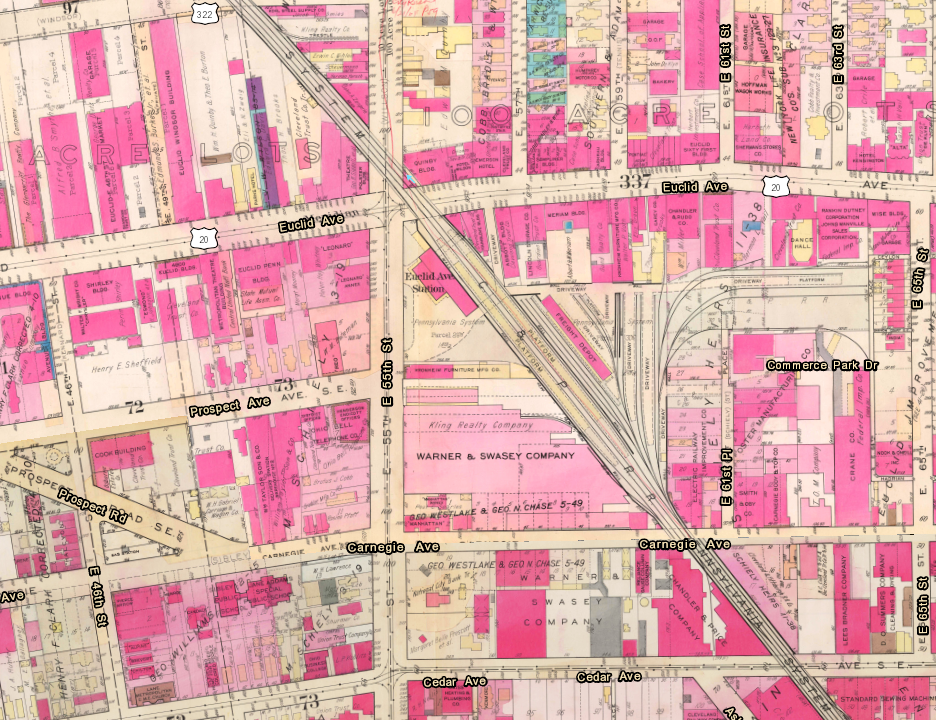
One is the Euclid station just north of the complex, where interurban workers were able to get to their job within all of these purple buildings (commercial buildings). Second is noting that Euclid and E. 55th had a trolley system to get citizens around town, showing serious investment in the citizen well-being. Third is the economic activity that has disinvested as the local companies sold or folded, as shown by the emptiness of the area today. This is not isolated to the areas shown, as they were no doubt supporting smaller service businesses nearby, or in the case of the larger manufacturers, supporting the laborers of machine shops, steel manufacturing, and power generators from the greater northeast Ohio area.
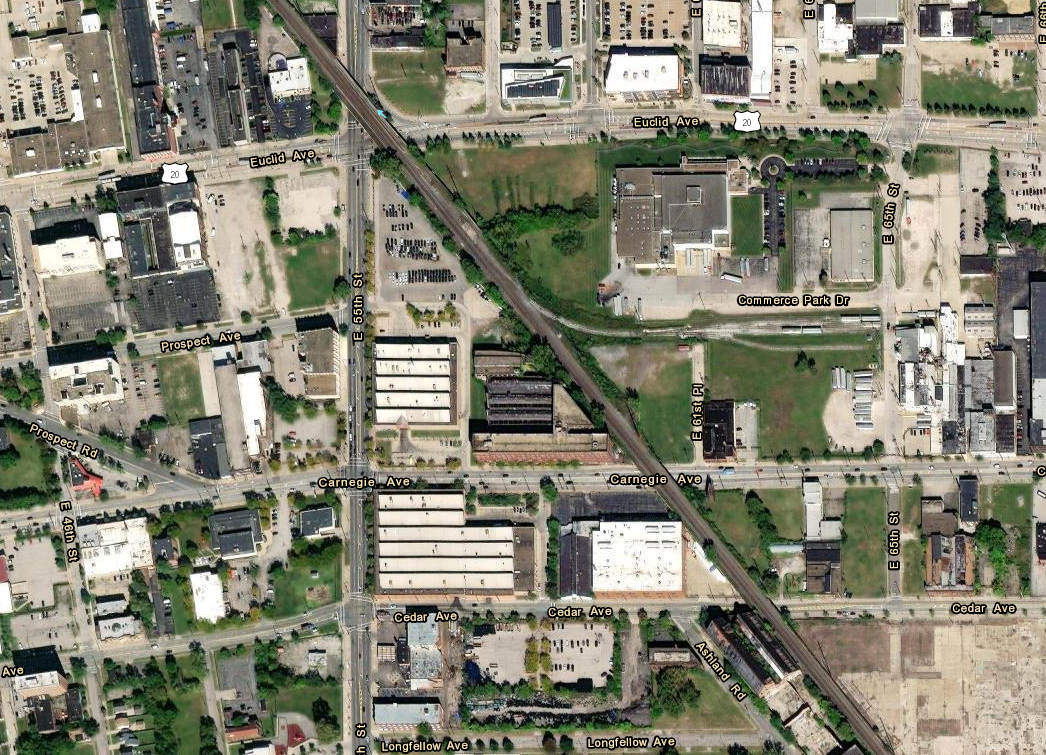
No movement has been made on the redevelopment of the area by Pennrose, who bought the property in August 2023. How long will the citizens of the area suffer before the lords decide to re-invest in the area? The capitalist class has been waiting for the rock bottom on the area for a while, and the Mid-town gentrification is coming. We can only hope that local organizations take on the advocacy of more direct policies and action to improve the quality of life for the area. Quality of life meaning: No private investment required to gather daily needs except.
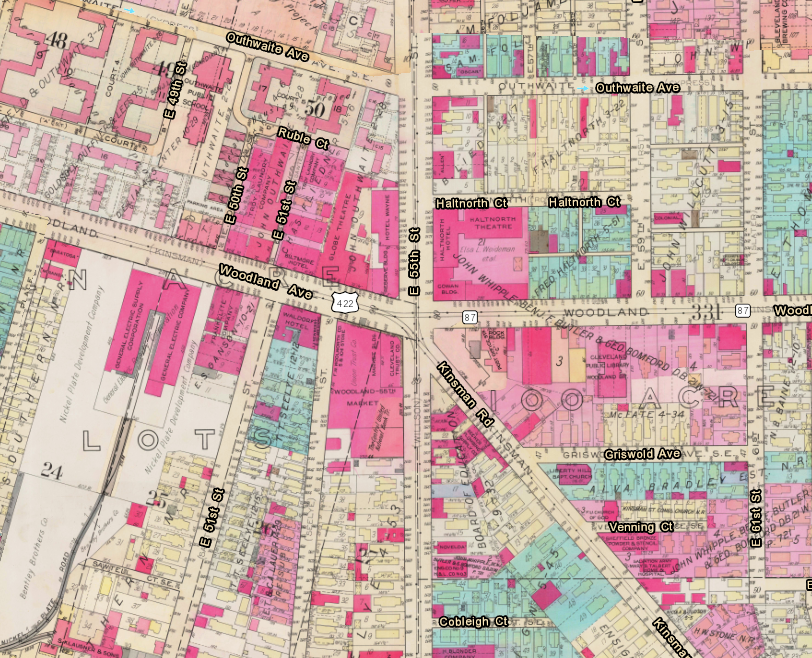
Woodland and Kinsman both had electric trolleys servicing their communities, allowing access to the market on the South West corner, two theaters, two hotels, and a workplace. Tons of housing available nearby and the city invested in an ease of transportation with the Trolley lines, both east-west and a north-south lines. Let us see what is available now:
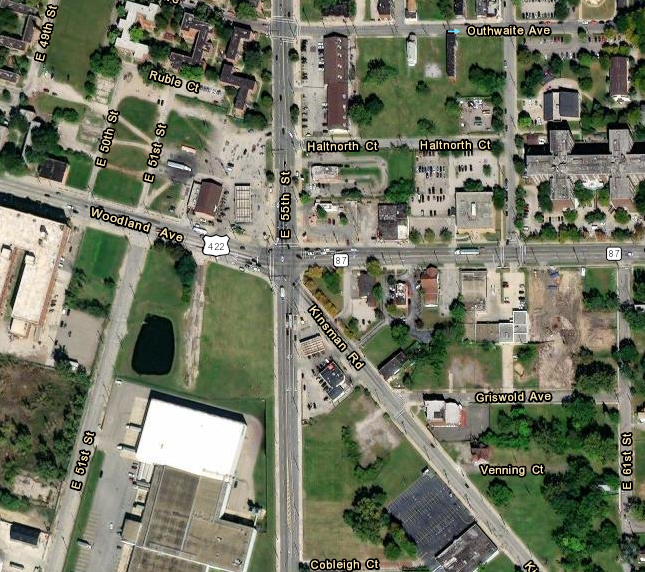
This block has been legitimately decimated.
The current method of busing is a detriment to the environment. Studies have shown how significant the environmental impact from tire dust from personal vehicles . Buses are much heavier and their rubber output much higher than personal vehicles. The city has an obligation to mitigate this impact by replacing the buses with trolley/trams. Buses must be limited to the deeper suburb/rural area where rail access would be more limited. We are the rust belt for a reason, there are tons of rail lines that could be returned to higher usage.
We have shown places of employment for 2500 residents, who did not require a car to live daily, and were able to support the small economic hubs that surrounded the workplaces. Their exit from the area and the absence of the city or private organization to step in and maintain these areas. If the city government and private sector cannot be bothered to support us at our worst, what obligation do we have to them?
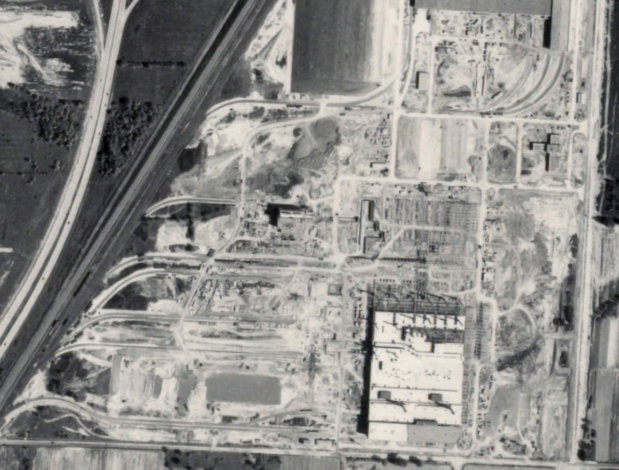
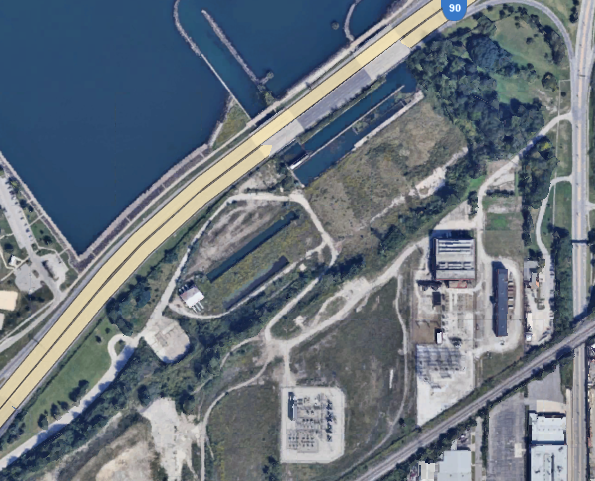
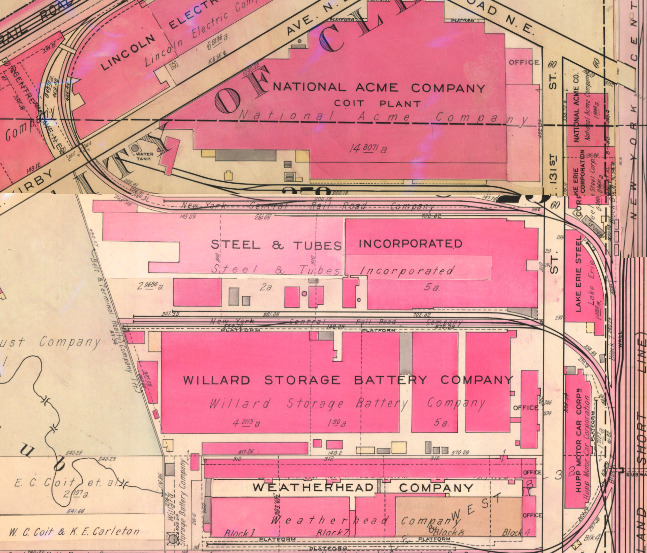
Comments ()